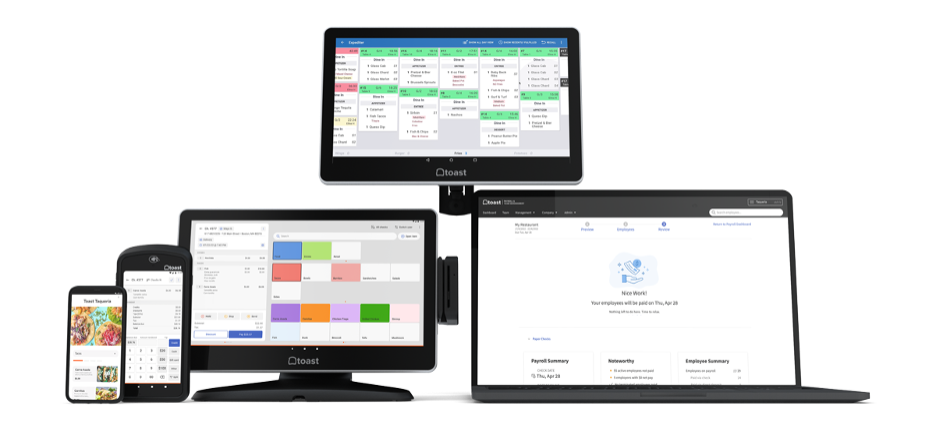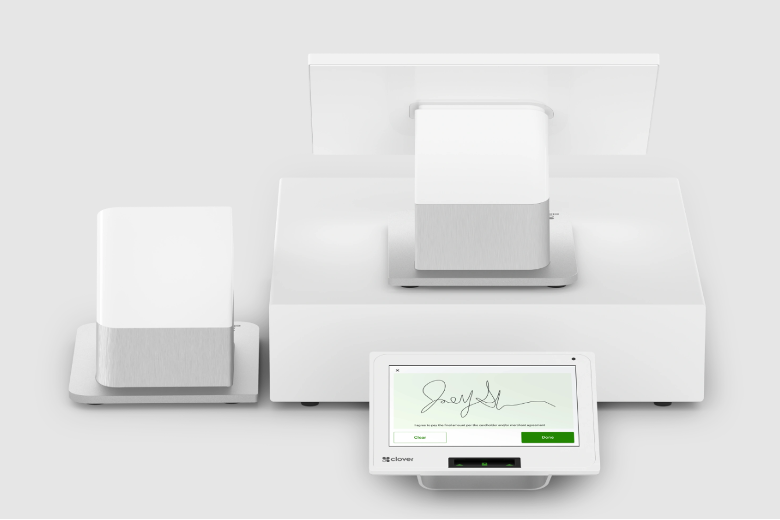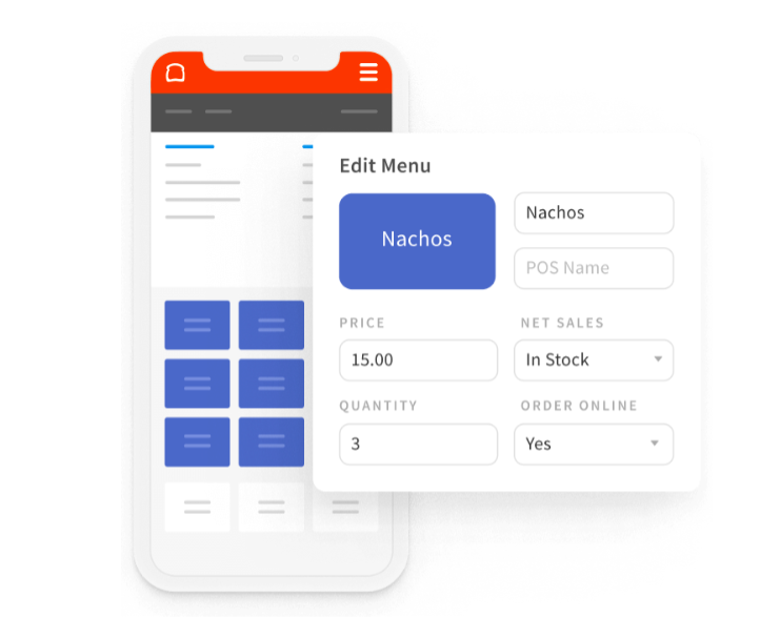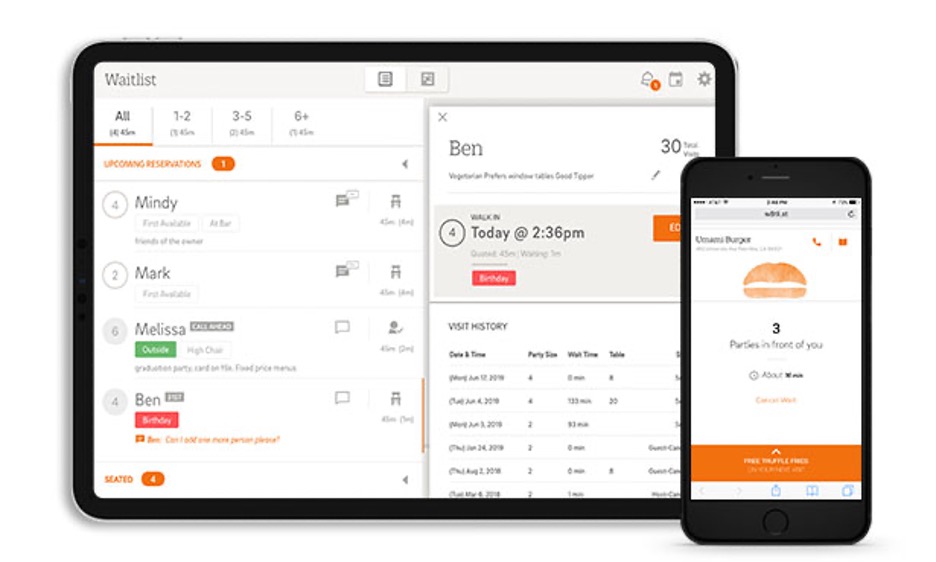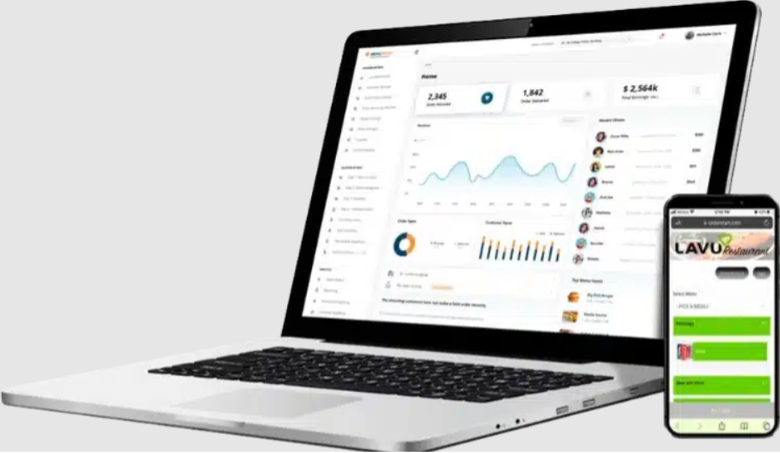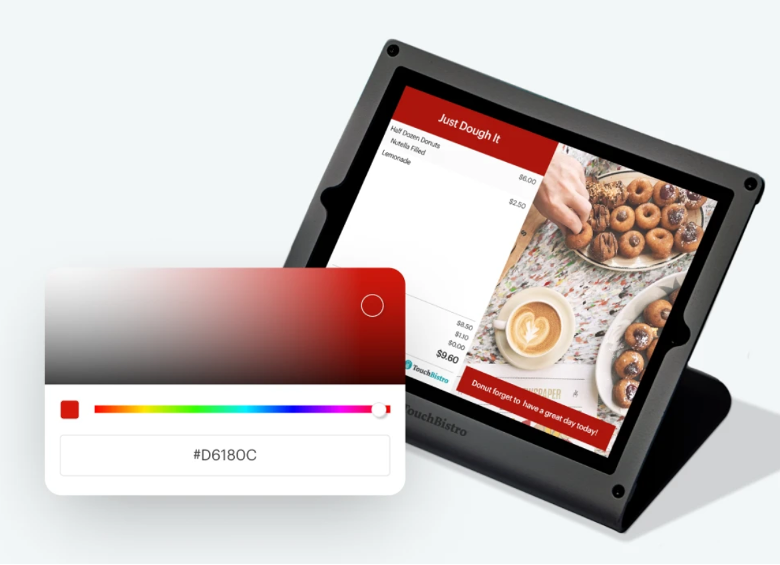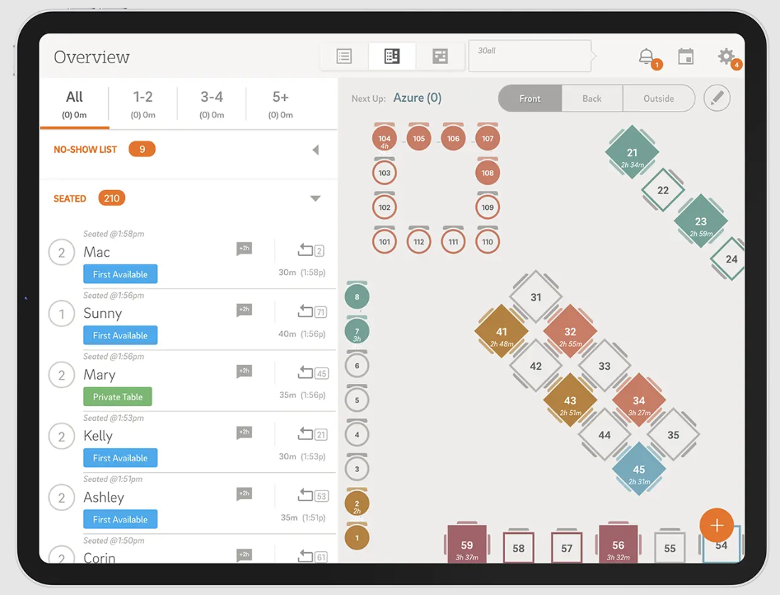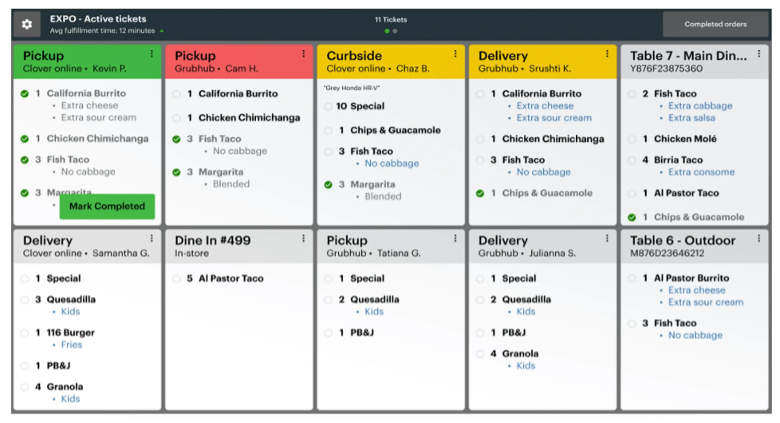
Kitchen displays, such as this one from Clover, showcase and categorize orders as the POS system receives them. However, they may only be available at an added cost. (Source: Clover)
Now that you know the costs involved with getting a POS system for your restaurant, the features you should look for, the benefits your business stands to gain and — importantly — the best solutions on the market, you may be wondering how exactly you should go about the buying process. When making a purchasing decision, we recommend following these steps.
1. Evaluate your needs and consider your budget.
You may want a restaurant POS system with all the bells and whistles, but can your business afford it? As you consider which features are must-haves versus nice-to-haves, do a deep dive into your current expenditures to determine how much of your budget you can allocate to a new POS solution.
Remember, you may have one-time upfront expenses on top of a monthly subscription cost and transaction fees. Identify the functions that will really make a difference in your restaurant and weigh that against the costs involved to figure out both the tools to look for and which price points are in your wheelhouse. Some vendors, like Lavu, may even work with you to create a custom package if one of their tiered plans doesn’t fit your needs.
2. Search the market and identify POS systems to try.
With your desired features and budget in mind, search the market to see which vendors match your functional needs and financial considerations. Which of the best POS systems highlighted above meets your criteria? Try to narrow down your list to three solutions.
Next, contact those providers to inquire about demos and free trials, if available. Some companies may offer a guided demonstration where they walk you through the product, while others may point you to demo videos on their website that you can watch at your leisure. With a free trial, you can test the software yourself and see how easy or challenging it is to use. Ask relevant employees to give the program a try, too — their feedback can help inform your eventual decision.
3. Compare quotes and user reviews.
Based on your demo experience and any trial periods, narrow the three POS systems you’re considering down to your top two choices. Contact the vendors again to talk through pricing — and be sure to ask about any special deals. Some providers will offer discounts to first-time subscribers or waive certain fees. Do an apples-to-apples comparison of the two quotes, like our Clover versus Toast comparison. If you prefer one vendor’s features but the other’s pricing, see if one of the companies is willing to match its competitor to gain your business.
You’ll also want to check reputable third-party user review sites to read testimonials from fellow business owners who are already using these solutions. Are they recommending these products to potential users … or warning people to stay away?
4. Make a buying decision.
Now you should have all the essential information to wrap up the decision-making purchase and choose which restaurant POS system to buy. Ideally, all the steps you’ve taken have led you to one solution in particular that’s best for your establishment and your wallet. At this point, you’ll want to close the deal with the vendor and begin the implementation process.
Keep in mind that this doesn’t need to be a “final” decision that you’re stuck with for the lifetime of your food and beverage business. With a monthly contract, ending your agreement with the company and switching to a different platform shouldn’t be too challenging. What’s more, other vendors will likely be willing to help you import your information into their POS system if you want to make the switch.
